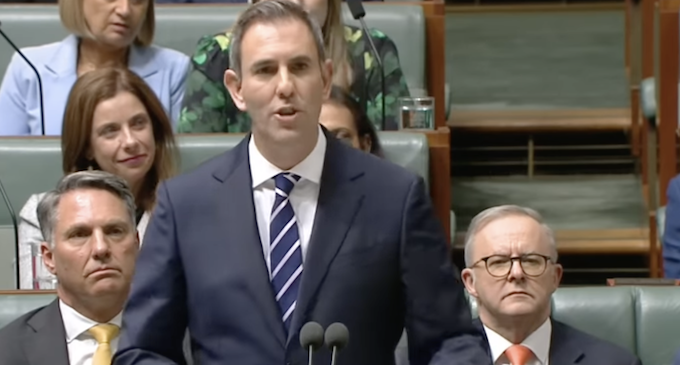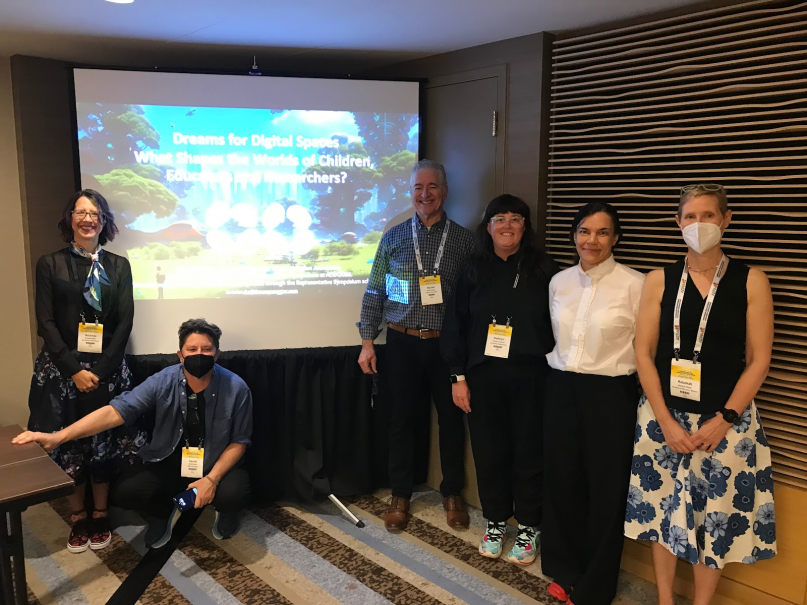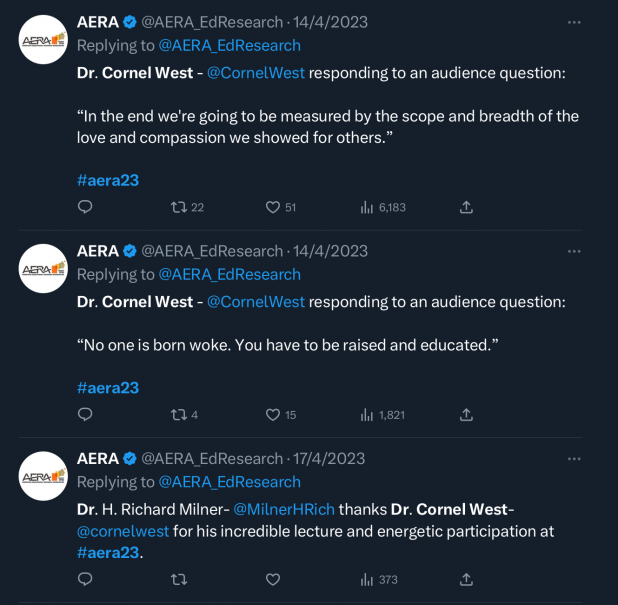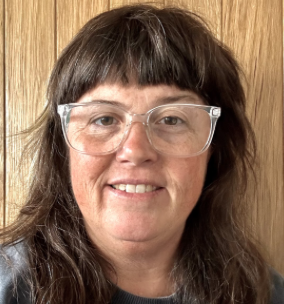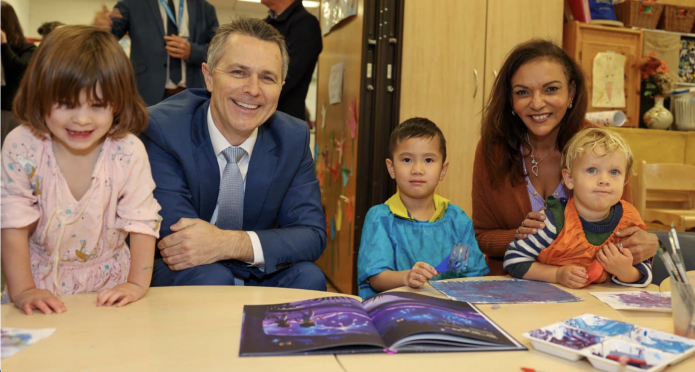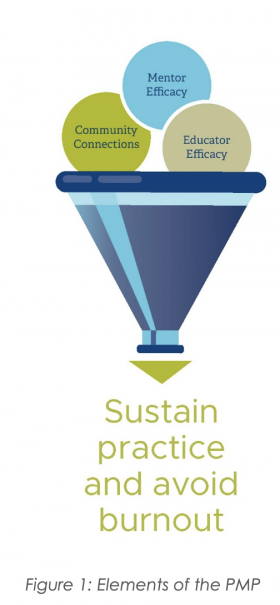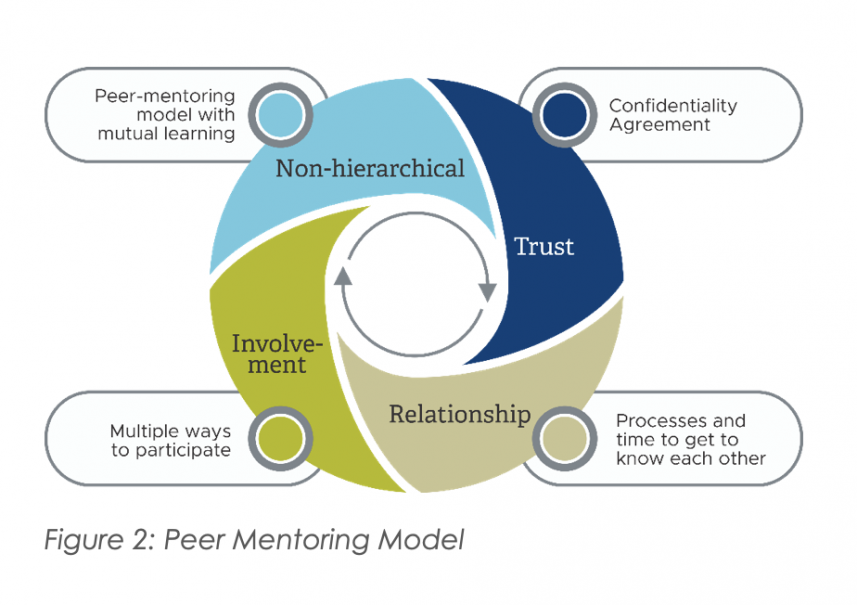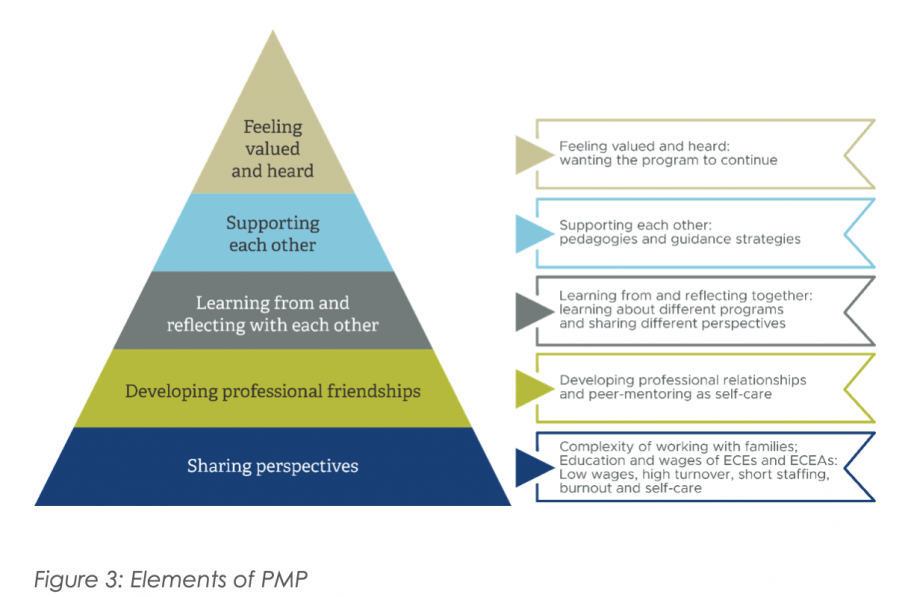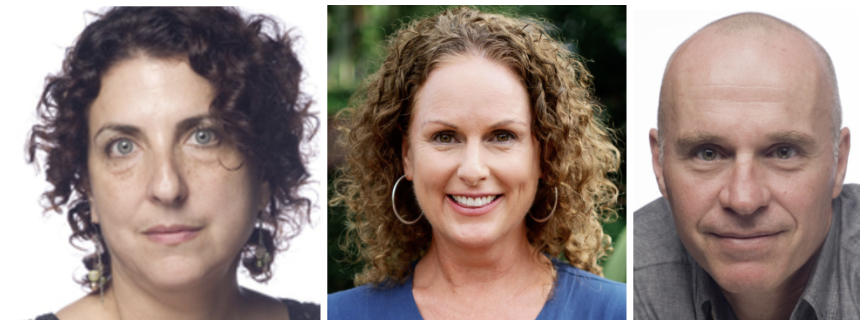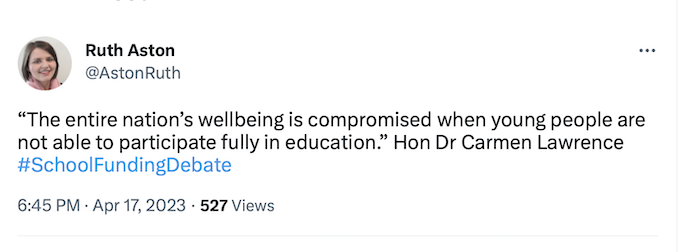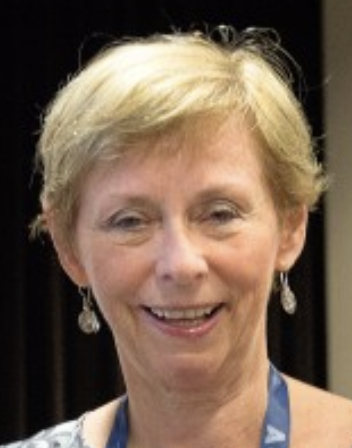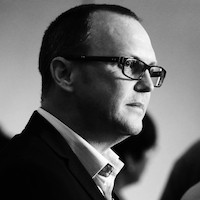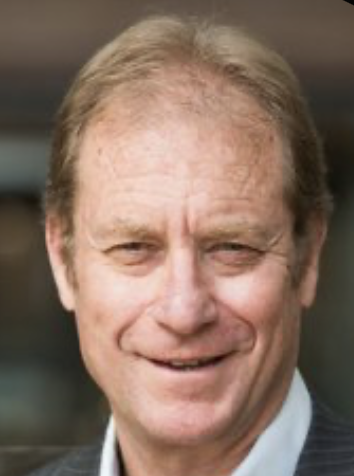There were zero mentions of universities, schools or teachers in the 30-minute federal budget speech made by Treasurer Jim Chalmers Tuesday night.
This set the trend for a disappointing 2023-24 federal budget for much of the education sector. Chalmers, via his words and actions, refused to fund schools and universities in a way that made them a defining policy for the early years of the Albanese government. Universities, schools, and teachers might have expected more given the Labor Party delivered a budget surplus of $4.2 billion (the first in 15 years) and the mounting challenges facing higher education and schooling now and into the future. Chalmers and Education Minister Jason Clare will argue there are currently ongoing national reviews throughout this year into early childhood education, school education, teacher education (again) and the higher education sector and that before any large-scale funding reform can begin, these processes will need to be completed. Chalmers would also point to his strong support for the TAFE and foundation skills sectors in both his speech and budget from 2024 onwards.
That may well be the case but I ask: can overworked and under-resourced staff across the education sector wait that long for adequate resourcing and support to do their jobs? The teacher shortage in many schools has reached a crisis level, infrastructure and maintenance issues continue in many – mostly public schools – and the cost of living is hitting education sector workers hard. Yet Chalmers could not manage to mention any of these education issues in his almost 4000 words to parliament. The budget itself followed a similar path although there were some positives. Chalmers’ speech and budget policy concerning schooling in particular is a stark contrast to the last time the federal ALP came to power in 2007 promising an ‘education revolution’, and this raises concerns for what is to come later this year and through 2024 and beyond.
So what is in the budget for universities and TAFEs?
New announcements for the higher education sector were few and far between on Tuesday night. This was not necessarily unexpected given the ongoing Australian Universities Accord review into the higher education sector. That said, the alarming and dark trend of no new support for university research continues—although the ALP did manage to find $159 million over four years for politicians’ electoral staff.
As Universities Australia point out: funding for university research has now fallen to its lowest level measured against gross domestic product (GDP). Furthermore, there was no new funding from the federal government to support university sector employees. This speaks to the importance of the work the National Tertiary Education Union (NTEU) is doing and has done (with those who have a deal in place) with universities nationwide to reach fair Enterprise Bargaining Agreements (EBA). Elsewhere, and unfortunately for our students, indexation on university Higher Education Contribution Scheme (HECS) loans will rise to 7.1 per cent in June 2023, adding to the debt burden students will have to repay in an already formidable economic context marred by high inflation and a housing and rental crisis.
On a more positive note, the budget provides $128.5 million to deliver 4,000 new Commonwealth Supported Places to universities in 2023 and 2024 that focus on STEM disciplines (nothing new). There is also a welcome $17.7 million over four years for the Disability Support Program to assist universities to better enable students with disability to access, participate and succeed in higher education. And there is an overdue increase in income support payments for university students struggling with financial pressures although they needed to go further than the 15% increase in rent assistance and a $40 increase per fortnight for AusStudy and AbStudy. The review into the higher education sector led by Professor Mary O’Kane will provide its interim report in June and its final report in December of this year. The focus, therefore, on university funding and reform will ramp up in the second half of this year and into 2024.
The TAFE and foundation skills sectors received strong support in the budget. Chalmers even mentioned them directly in his speech to the nation. There was an additional $3.7 billion for the five-year National Skills Agreement, which is set to begin in January 2024, pending the ongoing negotiations with the states and territories. Under this agreement, there will be 300,000 new fee-free TAFE and VET places available. There is also $436 million to improve foundational language, numeracy, and digital skills of Australians aged over 15. The budget also provides $25.1 million to extend the existing Women in STEM Cadetships and Advanced Apprenticeships program through to 2026-27.
Skills and training are clearly a policy priority for the Albanese government given Chalmers’ comments on budget evening and the fact they will spend $12.8 billion over five years from 2024—subject to the agreement of the new National Skills Agreement. The contrast in the government’s public and policy approach to skills and training to that of the universities and schools may be a sign of things to come.
What does the budget do for schools and early childhood education?
Schools and early childhood education received some useful support—although much more comprehensive assistance was required. The budget provides an additional $9.3 million to help attract, train and retain school teachers as part of the implementation of the National Teacher Workforce Action Plan announced in the October 2022 budget. A further $72.4 million is available to support the skills and training of workers in the early childhood education and care sector aswell as $18 million in funding for grants to establish new centre based long day care or family day care services. There is also $92.8 million to support First Nations education programs over the next four years. While this support for First Nation students is important, Dr. Tracy Woodroffe emphasises the need to concentrate on improving the education system as a whole. For central Australian schools, the federal government delivers $40.4 million over the next two financial years to improve school attendance, engagement and learning outcomes for students.
A deep dive into the Department of Education’s budget statements shows the Albanese Government plans to allocate $17.4 billion to non-government schools, which enrol 34% of all Australian students, in the upcoming financial year. In contrast, public schools, which enrol 66% of all Australian students, will receive just $10.8 billion in recurrent funding for the same period. This is the result of the current funding arrangement in which the federal government provides 80% of all recurrent funding to non-government schools and 20% to public schools. The imbalance in the federal funding of the school sectors highlights one of many structural issues facing the Australian education system that must be a focus of the next National School Reform Agreement to be signed in 2024. Interestingly, the Department for Education budget papers flag a focus on strengthening the policy and financial assurance and compliance of non-government schools to ensure they are using funding appropriately for school education. It will be interesting to follow the trajectory of this new policy in the coming months and years.
Since the budget was released on Tuesday night, I have had discussions with school leaders from challenging public school contexts. They have emphasised to me the urgent need for significantly more funding to attract and retain teachers, upgrade and maintain infrastructure, and compensate pre-service teachers for their professional placements, which are currently unpaid. Although the budget provided some additional funding to address the teacher shortage, it ignored the other two concerns. On top of this, the funding allocated for the former was deemed insufficient given the size and immediacy of the challenge. The current Review to Inform a Better and Fairer Education System led by Dr Lisa O’Brien provides the opportunity to again raise these concerns with the Albanese government in time for the next National School Reform Agreement in 2024.
Verdict
The 2023-24 budget could have done more for universities and schools. Money has flowed into the federal government treasury at unexpected speed compared to budget forecasts, thanks to increased mining commodity prices, high taxes, and low unemployment.
In contrast, the education sector’s employees have never had it tougher with increased workloads, staff shortages, high inflation, and the cost of living, just to name a few of the challenges.
Chalmers and his team could have supported the education sector more holistically by:
- Increasing funding for university-based education research.
- Matching the 15% pay increase for aged-care workers for all education employees
- Adding significantly more funding on top of what has already been allocated to train, attract, and retain teachers in public schools that face staffing challenges.
- Delivering much-needed increases in funding for infrastructure and maintenance in public schools that lack private fundraising capability.
- Providing funding for paid placements for pre-service teachers in public schools facing staffing shortages
- Delivering a larger increase in the cost-of-living payments for university students.
Looking ahead
Looking ahead, next year’s federal budget looms as a defining one for the education sector and the Albanese government. The National School Reform Agreement will be signed off in 2024 and the four national reviews underway will have handed down their recommendations and reports to the government. Watch this space.
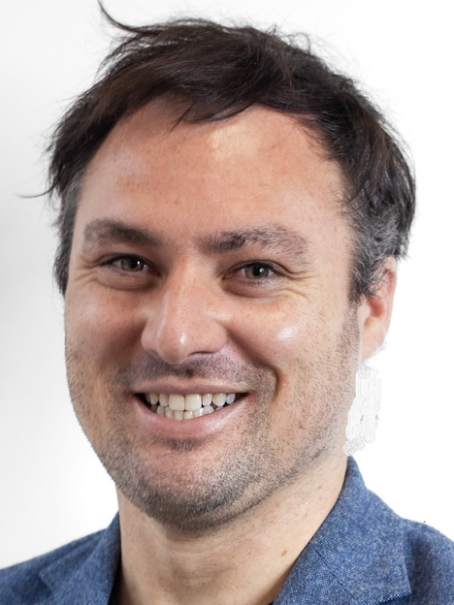
Dr. Matthew P. Sinclair is a lecturer of education policy at Curtin University’s School of Education in Western Australia. His research and teaching focuses on education policy, school funding, globalisation, education futures, and equity in schooling.




